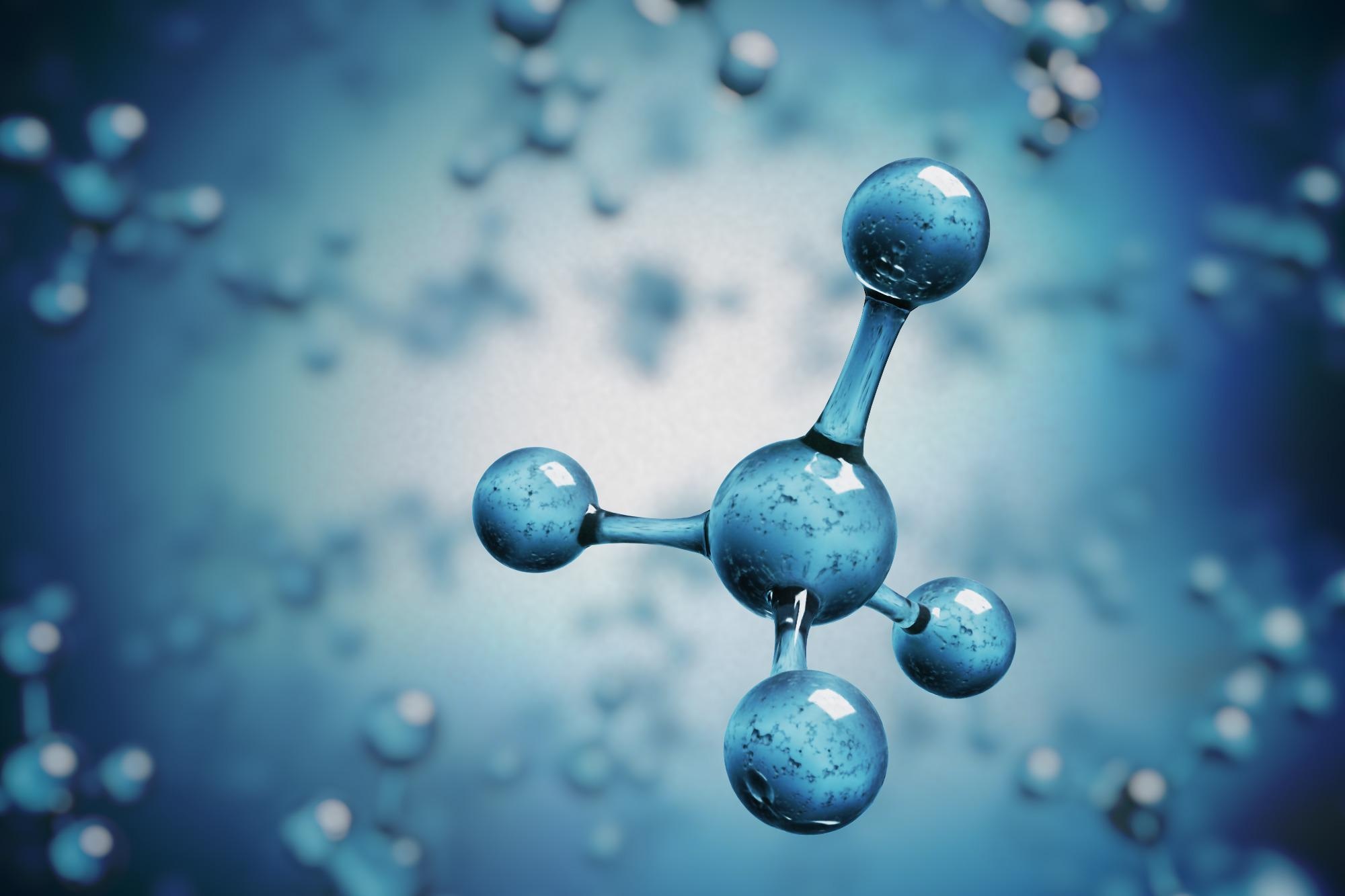
Image Credit: Shutterstock.com/ vchal
Ammonia, on the other hand, is a common hazardous gas that can irritate the mucous membranes and respiratory system. As a result, a real-time and precise ammonia monitoring system for long-distance sea voyages is required.
A honeycomb triboelectric nanogenerator (TENG)-based power production system, a carbon nanotube doped polypyrrole (CNTs-PPy)-based ammonia detection system, as well as a signal collection and transmission system, are all included in the system (Bluetooth).
On April 11th, 2022, this research was published in Nano Energy.
The researchers used a synergistic interaction between carbon nanotubes and conductive polymers to boost electrical conduction efficiency, which improved sensing capabilities at room temperature. With a low detection limit, a fast reaction time (about 90 seconds), great selectivity, good stability and a reasonable cost, the sensor performed well.
Furthermore, the researchers were able to achieve wireless transfer from the detecting module to the computer interface, thanks to Bluetooth.
The technology could collect and transform mechanical energy created by the ship’s engine vibration into electrical energy by merging with the honeycomb structure TENG given by Dalian Maritime University, allowing the entire sensor system to drive itself.
The technology was also tested on the expedition ship by the researchers. The complete sensor system performed well in the ship’s low-level stateroom with high temperature and humidity, demonstrating its practical utility.
The self-powered wireless detection system can realize long-term maintenance-free monitoring of ammonia leakage during ocean voyages. It is expected to play an important role in the further application and promotion of ammonia energy.
Liang Feng, Professor, Dalian Institute of Chemical Physics, Chinese Academy of Sciences
Journal Reference:
Chang, J., et al. (2022) A full-set and self-powered ammonia leakage monitor system based on CNTs-PPy and triboelectric nanogenerator for zero-carbon vessels. Nano Energy. doi.org/10.1016/j.nanoen.2022.107271.